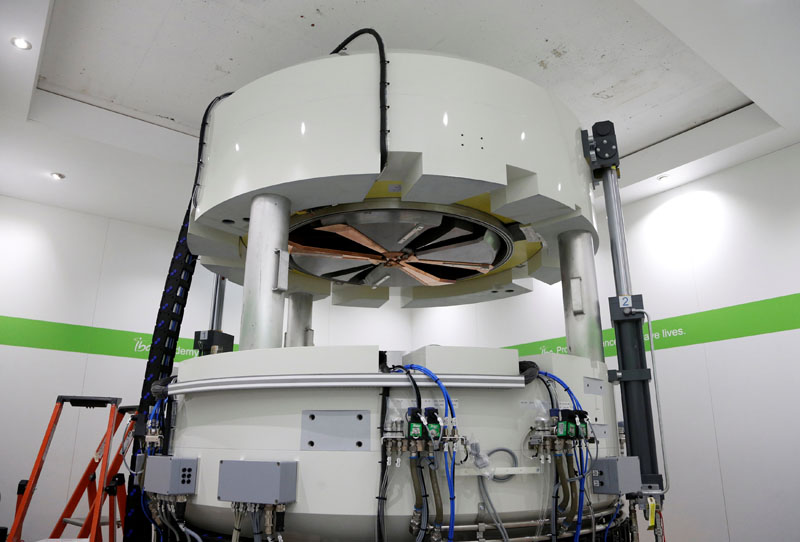Oncologists demand more radiotherapy machines
Kathmandu, February 3
Oncologists have said that Nepal requires 29 radiation therapy machines to treat cancer patients.
Speaking at an event held in the Capital today oncologists said that the government must take measures to increase the number of radiation therapy machines across the country to provide timely services to patients.
“There are eight radiotherapy machines across the country. But the number of these machines is not sufficient as the number of cancer patients are increasing each day in the country,” said Dr Sandhya Chapagain, associate professor, Department of Oncology, NAMS, Bir Hospital. “Lack of radiation machines in cancer hospitals has increased waiting time for patients. A patient has to wait at least two-and-a-half months to get radiation therapy. Lack of timely treatment affects patients,” she added.
According to Globocan 2018, there were 26,184 new cases of cancer in Nepal of which 19,413 people died. The Global Cancer Observatory is an interactive web-based platform presenting global cancer statistics to inform cancer control and research. Cancer is a leading cause of death worldwide, accounting for an estimated 9.6 million deaths in 2018, according to World Health Organisation.
Doctors have said that early detection of cancer helps cure most of the cancer.
“Thirty to 50 per cent of cancer is preventable.
Early detection reduces familial and individual stress, reduces premature deaths by reducing the gap between productive age and the geriatric population,” she said. Doctors have pointed out that incidence of cancer is increasing due to increasing population and life expectancy and also because of increase in diagnostic modality.
According to WHO, cancer is the second leading cause of death globally. It was responsible for an estimated 9.6 million deaths in 2018. Globally, about one in six deaths is due to cancer.
Approximately 70 per cent of deaths from cancer occur in low- and middle-income countries. Around one-third of deaths from cancer are mainly due to high body mass index, low fruit and vegetable intake, lack of physical activity, tobacco and alcohol use.






